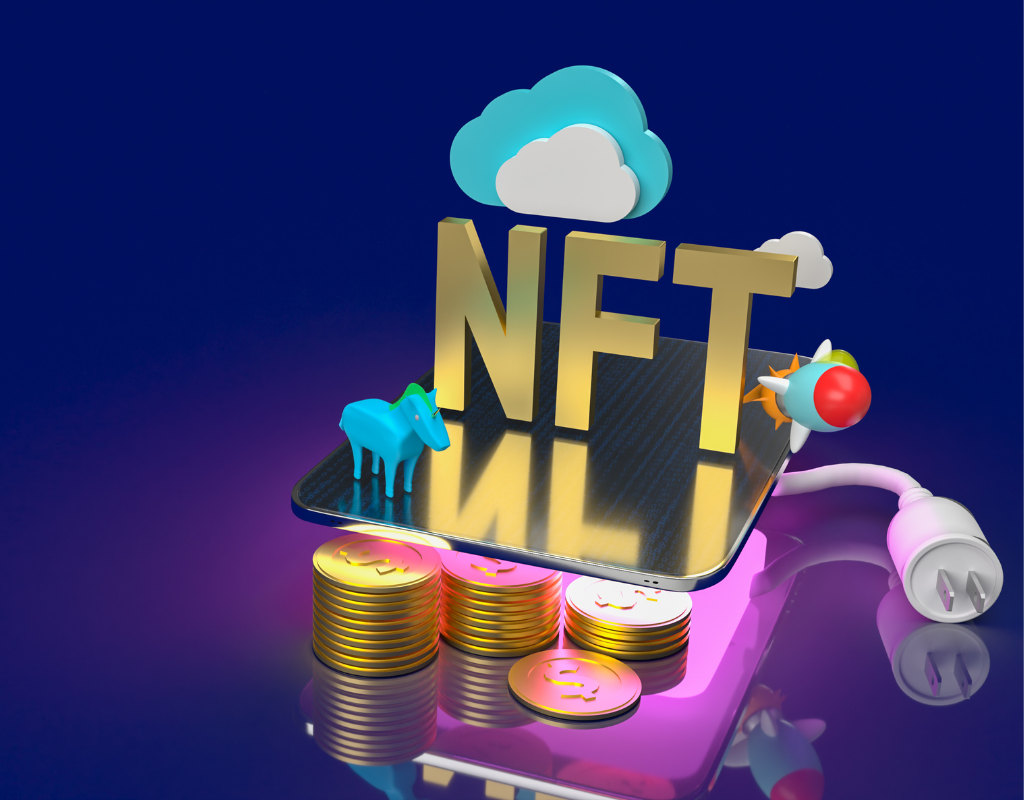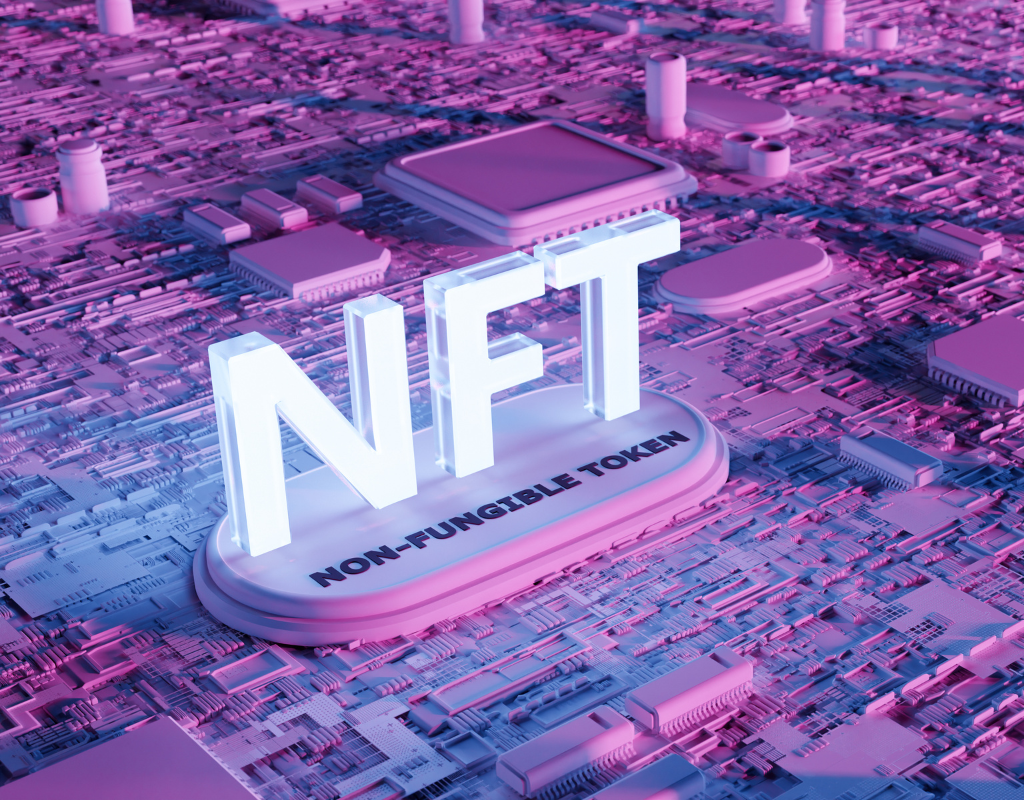Strategic change takes place in the digital age, with the potential to change ownership and change the business of everything. Non-exchangeable tokens (NFTs) have attracted artists, collectors, investors and experts. Leveraging the power of blockchain technology, NFTs offer a new concept that empowers content creators, creates digital ownership and opens up a world of possibilities. In this guest blog, we examine the NFT space, its rise, and its far-reaching effects on various industries.
The heart of NFT is blockchain technology, which ensures the integrity and security of these digital assets. The nature of the blockchain allows for transparency and immutability, allowing people to prove ownership of certain digital assets. Thanks to the use of smart contracts, NFT creators can define the terms of creation, including expenses and returns, thereby generating a stable income.
The Rise Of NFTs And Its Use Cases
The world is witnessing an unprecedented rise in NFTs as NFTs cross borders and disrupt traditional businesses. One of the sectors that has undergone a great change is the art world. NFTs dominate the art market and allow artists to directly access their digital works and reach a global audience. Famous artists are achieving great success, soft cheeks are grabbing the headlines and challenging notions of value in the art world.
NFT applications go far beyond the picture. In the gaming industry, NFT has changed the way players use digital assets. Players can now own and trade in-game items, blurring the lines between virtual trading and the real world. Additionally, NFTs provide an infrastructure solution that allows for tokenization, majority ownership, and easy transactions.

Assets is another area where NFTs excel, providing creators with verifiable and immutable proof of ownership of digital content. Additionally, NFTs can be used for authentication, authentication, and combat.
Benefits And Challenges
NFTs provide many benefits that attract the attention of developers and investors. These digital assets increase revenue, give manufacturers direct access to global markets and eliminate middlemen. The transparency and traceability provided by NFTs solve the proof problem and promote trust and authenticity. In addition, NFTs provide ongoing support for their creative endeavors by providing artists with new income from royalties through secondary sales.
However, the emerging field of NFT has its challenges. Critics have expressed concern about the environmental impact of energy-intensive blockchain transactions. In addition, the rapid growth of the market has led to price inflation and expectations that raise questions about the sustainability of NFT values. Additionally, the issue of exclusion and access was raised, as some actors felt outside of NFT’s power. It is important for businesses to address these issues and ensure a balanced and inclusive ecosystem.
NFT Marketplaces-Platforms And Their Legal And Regulatory Considerations
Many marketplaces and platforms have emerged to facilitate the trading of NFTs. These platforms provide collectors and investors a marketplace to seek and acquire digital assets, while providing a place for creators to create and collect their NFTs. Popular platforms include OpenSea, Rarible, and SuperRare, each offering unique features, user experiences, and revenue models.
As NFTs grow in power, legal and regulatory considerations are important. Ownership, licensing and property rights issues should be carefully considered. Artists must protect their works against plagiarism and the law must be digitalized. The industry must work together to create systems that foster innovation and collaboration while protecting the rights of creators. Clear guidelines and licensing agreements ensure artists are recognized and rewarded for their work.
Criticism And Looking Ahead
While NFTs are not believed to generate excitement and potential, they are not immune from criticism. Skeptics believe that the market is driven by speculation and can be affected by price changes. There are concerns about the sustainability of the current NFT craze and whether it will be successful in the long run. In addition, accessibility and integration issues remain, as small players may find it difficult to enter the market from the big names or see their business falter.

However, despite these problems, futures for NFTs are still thriving. As technology grows and evolves, it has the potential to transform ownership and the exchange of value across businesses. NFTs can build relationships between creators and their audience, support new revenue streams, and enable individuals to truly own their digital assets. The foundation of blockchain technology continues to evolve in terms of efficiency and utility issues, strengthening the potential of NFTs.
Conclusion
Non-tradable tokens have become a revolutionary force, changing the concept of ownership in the digital age. Thanks to the power of blockchain technology, NFTs enable artists, producers and collectors to join a new era of digital property. NFT’s influence goes beyond art, with its use in games, real estate, intellectual property, and personal identification.
Despite challenges such as environmental and economic concerns, the potential of NFTs to transform the economy and empower developers is undeniable. As the industry continues to evolve, it is important to address these issues, encourage cooperation, and establish legal frameworks that protect the rights of those who create them. The future of NFTs is promising, opening up a world of possibilities and changing the way we see, value and trade digital assets.
Author Bio
I am Faxscience from Faxscience Blogspot. I am writing a guest blog on Mr. Nick’s Blogspot. You can also check out my other guest blog written on his Blogspot (Other Guest Blog). If you are interested in technological & scientific posts why not to check out my blog post.
To Read More Tech Blogs Visit: Technical Nick

















